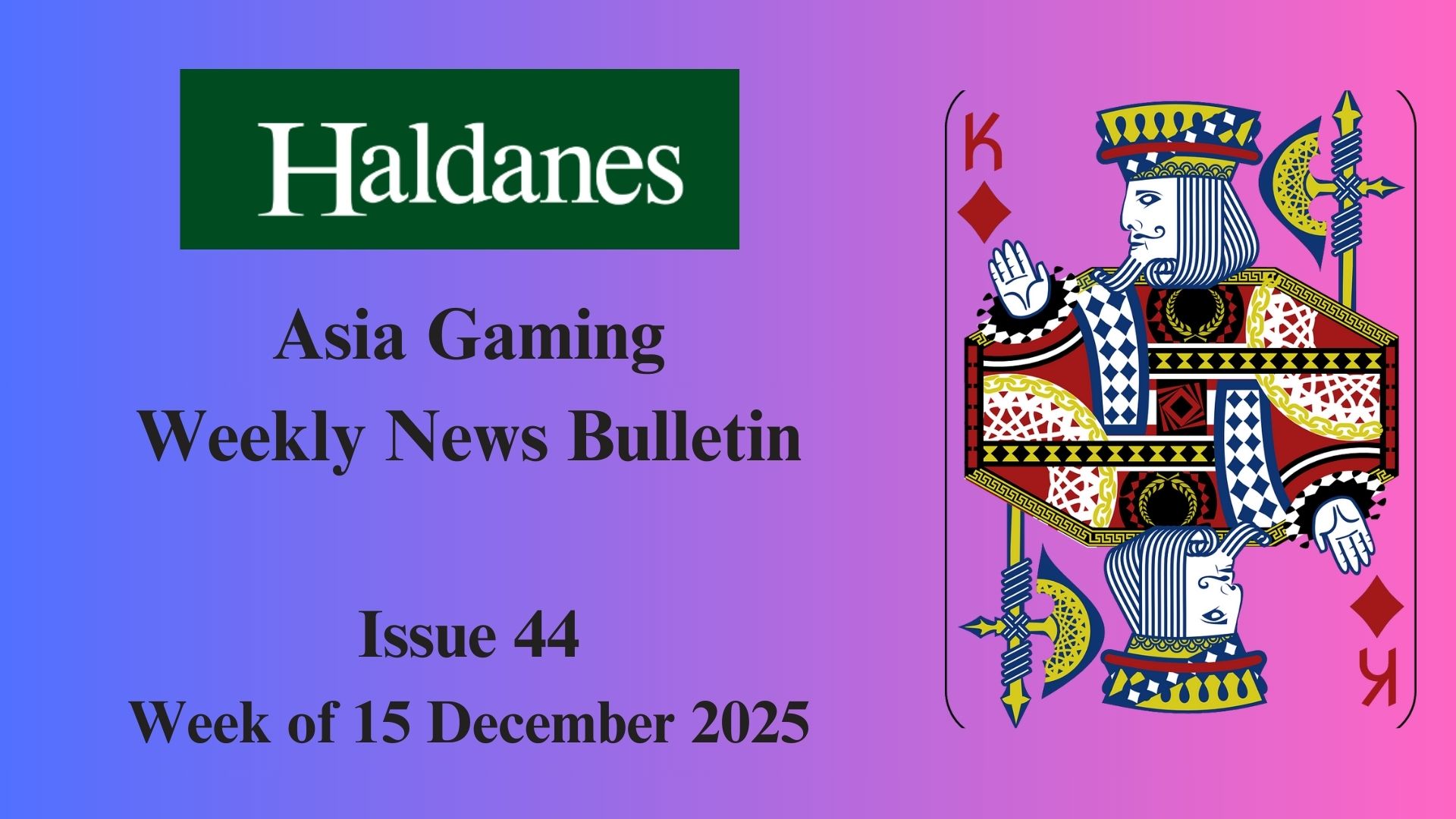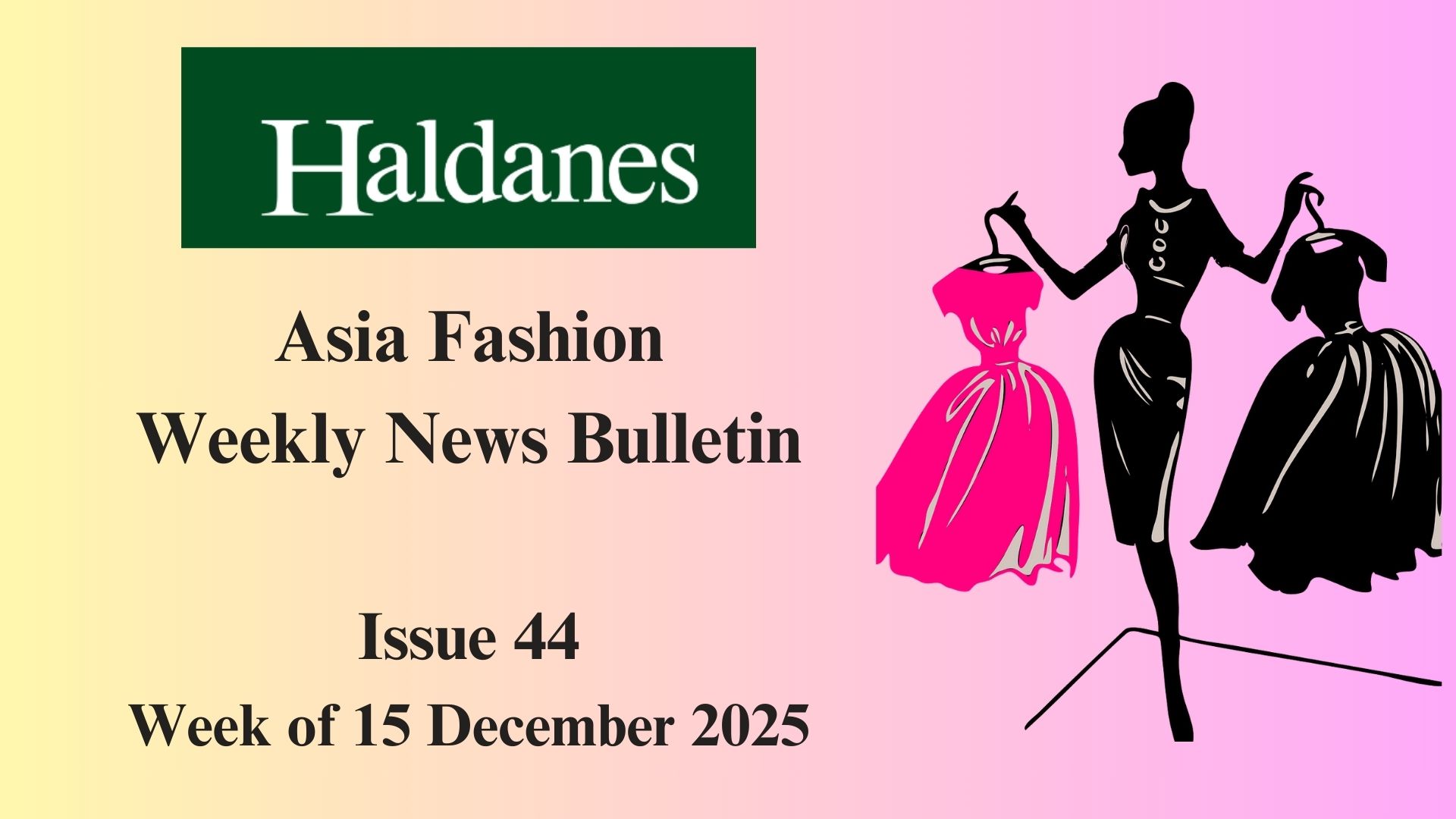Asia Fashion Weekly News Bulletin – ISSUE 26 Week of 4 August 2025
(1) China’s fast-fashion capital slows down under Trump’s trade war
China’s fast-fashion capital slows down due to the trade tensions, global conflicts and low consumer spending in China.
(2) Gentle Monster reopens flagship stores in Singapore
Gentle Monster reopens flagship stores in Marina Bay Sands with a spectacular art installation, reflecting shifts in emotion and thought.
(3) Luxury brands hit by drop in tourist spending in Europe and Japan
Currency swings sap spending power of American and Chinese travellers in Europe and Japan.
(4) Japan Fashion Week to celebrate 20 years with forward-looking Rakuten FWT
The Rakuten Fashion Week Tokyo, spanning September 1 to 6, will feature the highlight “By R” event with Fetico being selected as the headlining brand.
(1) China’s fast-fashion capital slows down under Trump’s trade war
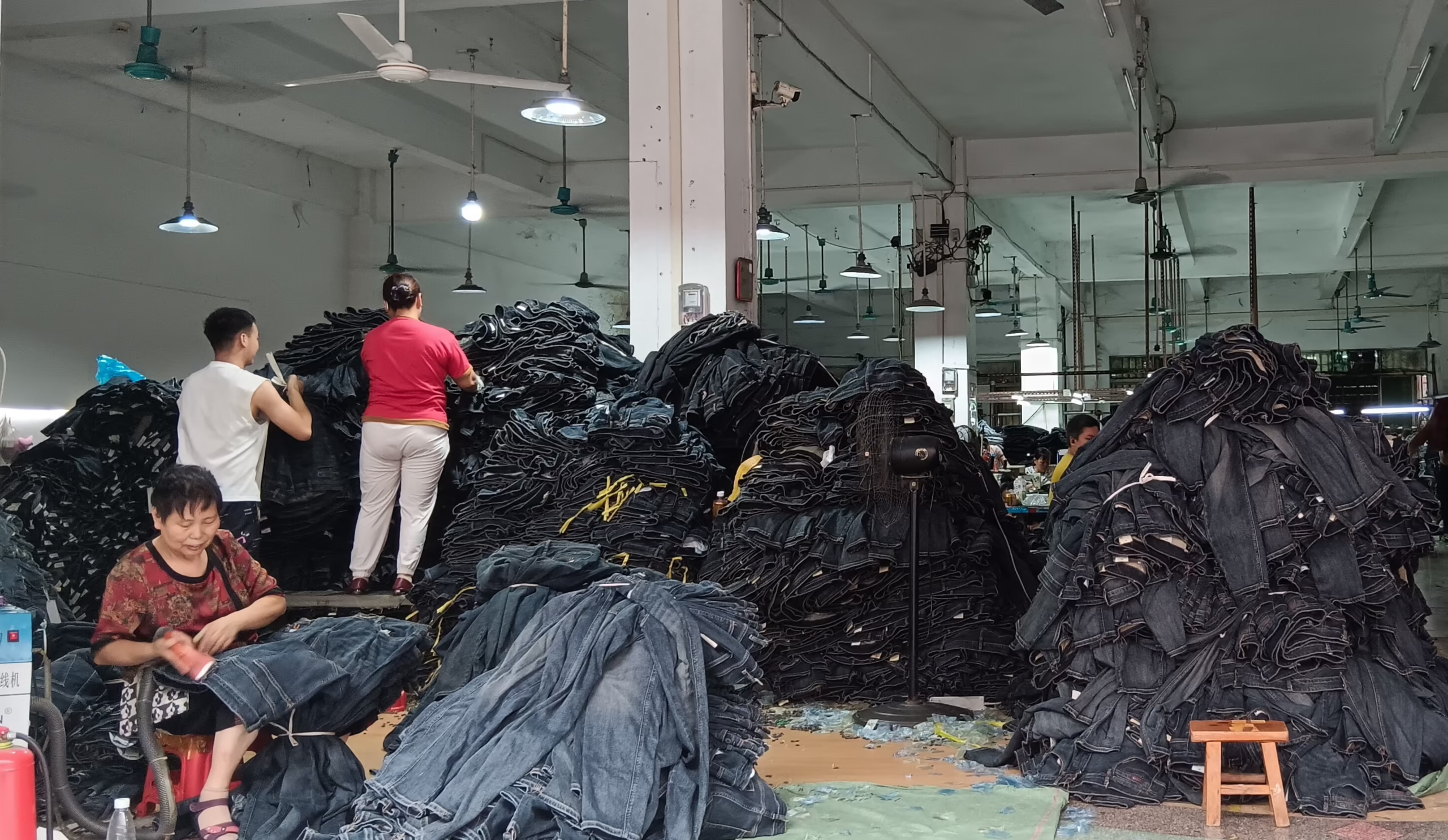
(Photo Credit: Lillian Yang/The Guardian)
As China’s southern manufacturing hub, Guangzhou serves as the epicentre of the global fast fashion industry, where millions of workers in cramped, informal workshops produce garments for international markets. Urban villages like Panyu and Datang house small factories where workers work 10 – 12-hour shifts, often earning just CNY1 to 10 per item. Despite gruelling conditions, these workshops fuel brands like Shein, which sources small-batch orders from independent manufacturers – a model that has propelled Shein to dominate roughly 50% of the U.S. fast fashion market.
The US-China trade war has exacerbated pressures on Guangzhou’s garment industry, with Trump imposing tariffs reaching 145% on some Chinese goods. Though a temporary pause eased immediate strain, manufacturers like Yang Ruiping – whose small factory relies on Shein and Amazon orders – warn of razor-thin margins. Recent U.S. tariff hikes, coupled with the closure of a customs loophole that allowed low-value goods to be imported free, have driven Shein’s prices up 23% between 24 April and 22 July.
Beyond trade tensions, global conflicts and low consumer spending in China are also the obstacles encountered by the industry. Li Jun, a chain-smoking factory boss, claims that the Ukraine War has led to a severe decline in export of jeans to Russia. Meanwhile, Beijing’s pivot toward hi-tech industries has left small manufacturers feeling abandoned.
News Source: https://www.theguardian.com/world/2025/aug/01/guangzhou-china-fast-fashion-trump-tariffs-trade-war
(2) Gentle Monster reopens flagship stores in Singapore
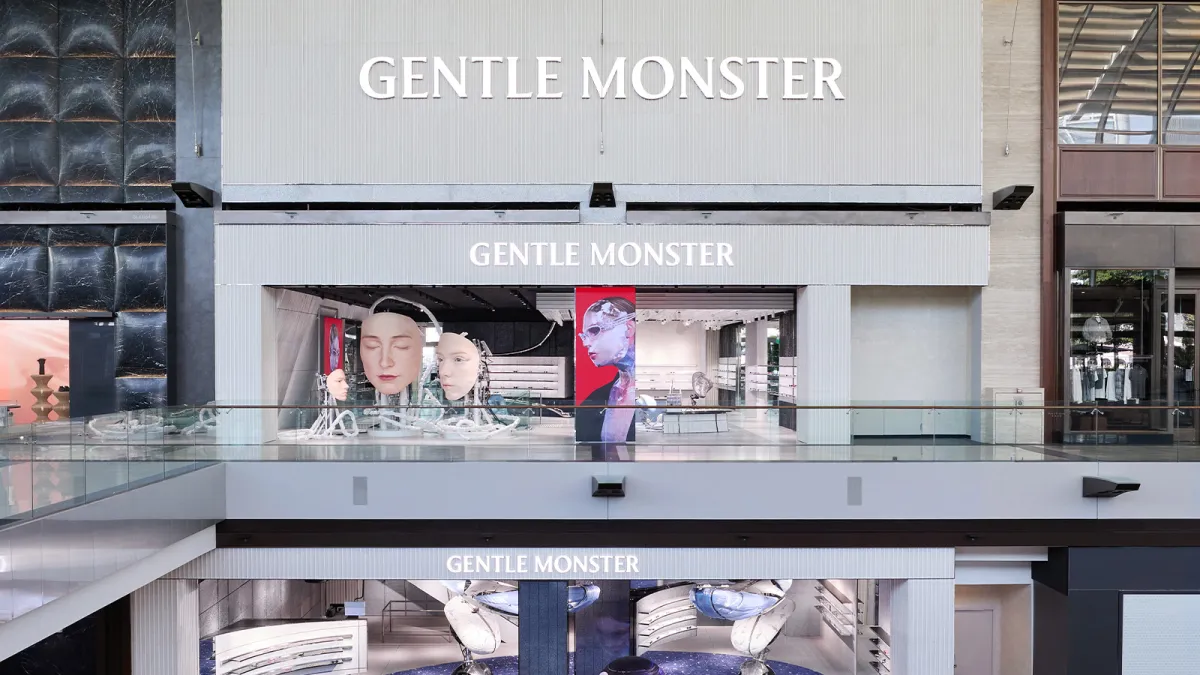
(Photo Credit: Gentle Monster)
South Korean eyewear label Gentle Monster has reopened its flagship stores at Marina Bay Sands and ION Orchard, unveiling a refreshed design and larger retail space. The revamped Marina Bay Sands store offers a more immersive experience, showcasing Gentle Monster’s signature blend of fashion and art.
A highlight of the space is the GIANT HEAD KINETIC OBJECT, an installation by the Gentle Monster Robotics Lab. The artwork features three moving sculptural heads that reflect subtle shifts in emotion and thought, illustrating the brand’s focus on perception and storytelling.
To mark the occasion, the brand held an exclusive reopening event at its new Marina Bay Sands duplex store on 1 August, featuring a guest appearance by Korean celebrity Kim Min-Gyu.
News Source: https://retailasia.com/stores/news/gentle-monster-reopens-flagship-stores-in-singapore
(3) Luxury brands hit by drop in tourist spending in Europe and Japan
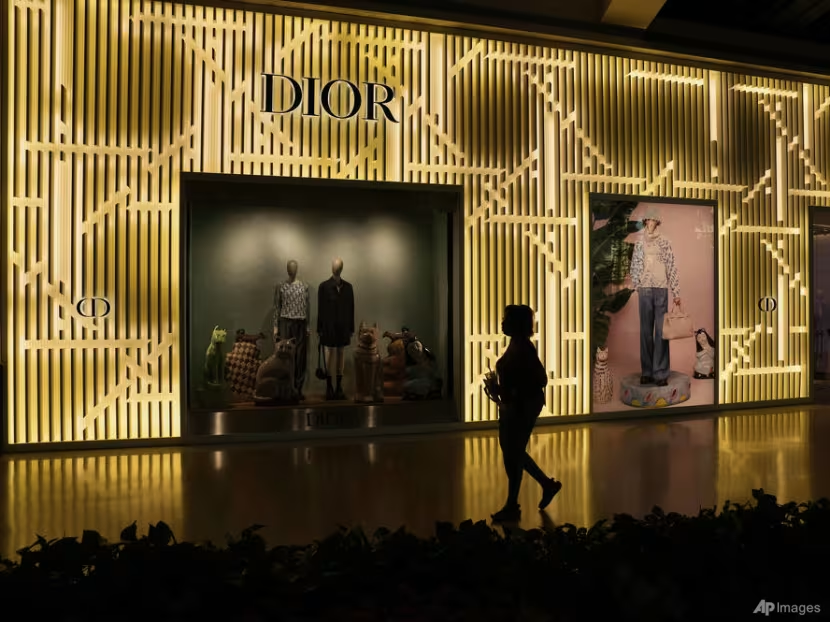
(Photo Credit: John Locher)
Sharp declines in tourist spending on luxury goods in Japan and Europe are dragging on industry sales, adding to the challenges for a sector grappling with the end of a multiyear boom and the fallout from US tariffs. Second quarter sales at Bernard Arnault’s luxury goods powerhouse LVMH, as well as at Prada and Moncler, were hit by lower spending from American tourists in Europe and by Chinese tourists in Japan.
Last year, waning luxury sales were boosted by a springtime surge in demand in Japan after Chinese consumers flocked to the country to load up on designer bags and shoes, taking advantage of the weakness of the yen, which had fallen to its lowest level for over 30 years. Meanwhile, American tourists were spending freely in European boutiques as a strong dollar bolstered their purchasing power abroad. But those tailwinds have disappeared this year as the yen recovers and the dollar declines in value, in effect removing a cushion for the industry as it contends with subdued demand in the US and China — the twin engines of luxury growth.
LVMH chief financial officer Cecile Cabanis cited changes in tourist spending patterns as the main reason why sales at its key fashion and leather goods division declined by 9 per cent organically in the second quarter.
News Source: https://cnaluxury.channelnewsasia.com/obsessions/luxury-brands-hit-drop-tourist-spending-europe-and-japan-259806
(4) Japan Fashion Week to celebrate 20 years with forward-looking Rakuten FWT
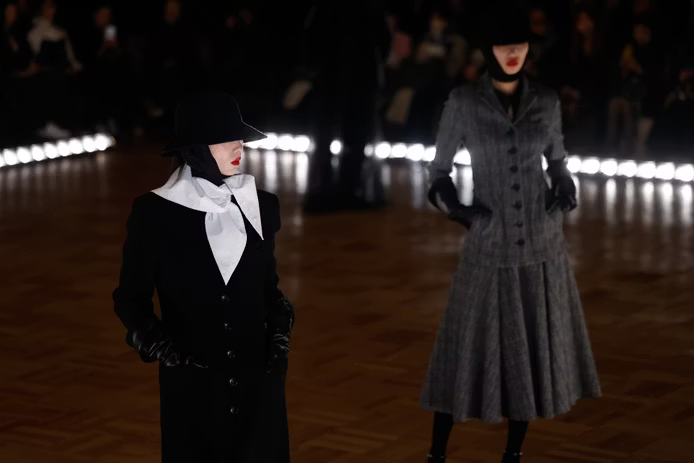
(Photo Credit: Launchmetrics/spotlight)
The Japan Fashion Week Organisation (JFWO) is celebrating its 20th anniversary for the spring/summer 2026 season, and with it will come a future-orientated edition of Rakuten Fashion Week Tokyo (FWT). This season, both the fashion week’s visual theme – ‘The Future Doesn’t Appear Out of Nowhere’ – as well as its overall theme – ‘Be the seam that connects the world’ – intend to pay tribute to the organisation’s 20-year history, while also “looking forward with hope to what lies ahead”, a press release stated.
Spanning September 1 to 6, FWT will host 23 brands over 20 designer shows and three partnership shows, with Tokyo’s Shibuya Hikarie to serve as the primary venue. Among the line-up are five first-time participants and five brands from overseas. A highlight of the schedule is the fashion week’s ‘By R’ event, an initiative backed by headline sponsor Rakuten that aims to support the inclusion of either international or successful local designers at the event. This year, Fetico, the label of Emi Funayama, has been selected as the headlining brand, marking its seventh show as part of the FWT just five years after its launch. Fetico joins the likes of past ‘By R’ participants; Bape, Paul Smith and Marimekko.
Looking ahead, JFWO said it intends to continue in its commitment of supporting Japan’s textile industry and fashion scene, with this to remain a driving force of its work. “This fall, as we celebrate 20 years, we embark on a new chapter with renewed passion and determination,” the organisation added.

